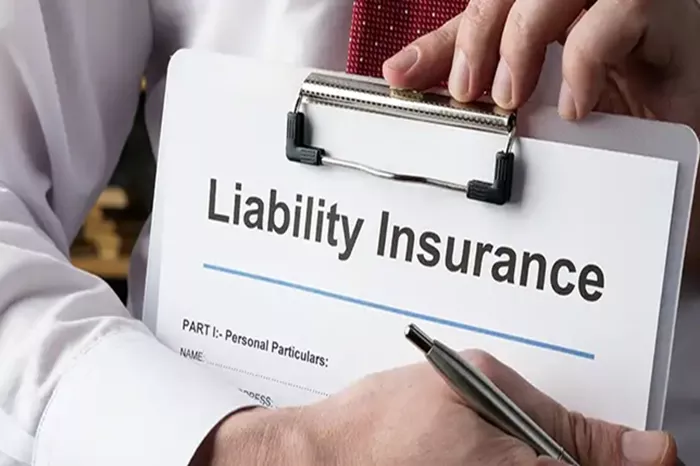Flooding is the most common and costly natural disaster in the United States, causing billions of dollars in damage annually. While standard homeowners insurance policies cover a variety of perils, they typically exclude flood damage. For this reason, flood insurance is critical for property owners, especially those in high-risk areas. However, many policyholders find that the standard National Flood Insurance Program (NFIP) policy limits are insufficient to fully cover their losses. This is where excess flood insurance comes into play. This guide provides a comprehensive look at how much excess flood insurance costs, who needs it, what it covers, and how to find a policy that fits your needs.
What Is Excess Flood Insurance?
Excess flood insurance provides additional coverage above the limits of a standard NFIP flood insurance policy. The NFIP currently caps its residential coverage at $250,000 for the building and $100,000 for contents. In areas where real estate values and personal belongings often exceed these limits, excess flood insurance is essential for adequate financial protection. Typically offered by private insurers, excess flood insurance ensures you can rebuild and replace possessions without significant out-of-pocket expenses.
Why You Might Need Excess Flood Insurance
If you own a high-value home, have expensive personal property, or live in a flood-prone area, your risk of suffering losses that exceed the NFIP limits is high. Excess flood insurance is not only for coastal mansions—it’s also for homeowners with finished basements, high-end appliances, and valuable electronics. Furthermore, it is an excellent addition for landlords, property investors, and businesses seeking full protection of their assets.
How Much Does Excess Flood Insurance Cost?
The cost of excess flood insurance varies based on several factors, including:
- Location and Flood Zone: Premiums are higher in areas with a greater risk of flooding. FEMA flood maps determine the flood zone of your property, which significantly influences your rates.
- Coverage Amount: The more coverage you need above the NFIP limits, the more your premium will cost.
- Building Characteristics: Age, construction type, foundation, and elevation of your home all affect pricing.
- Claims History: Previous flood claims on your property may raise your rates.
- Deductible Choice: Opting for a higher deductible can lower your premium, though it increases your out-of-pocket cost in the event of a claim.
On average, homeowners can expect to pay between $400 to $2,000 annually for excess flood insurance, depending on the level of additional coverage and risk factors mentioned above. Policies are generally written in increments beyond the NFIP limits, such as an additional $250,000 to $1 million in structure coverage, and extra content coverage ranging from $100,000 to several hundred thousand dollars.
Comparison With Standard NFIP Flood Insurance
NFIP policies are standardized, and premiums are regulated by the federal government. In contrast, excess flood insurance is provided by private insurers, meaning premiums can vary significantly. This is why it’s critical to flood insurance compare options from different providers to find the most cost-effective solution tailored to your needs.
Sample Cost Breakdown
Consider the following example for a homeowner in a moderate-risk flood zone:
- NFIP Policy (structure: $250,000, contents: $100,000): $650/year
- Excess Flood Insurance (additional $250,000 structure, $150,000 contents): $1,000/year
- Total Annual Flood Insurance Cost: $1,650/year
While this cost may seem high, it’s a small price to pay for the assurance that your home and belongings are fully protected in the event of a catastrophic flood.
What Does Excess Flood Insurance Cover?
Excess flood insurance typically mirrors the coverages found in an NFIP policy but extends the limits. Coverage includes:
- Building Property: Additional coverage for the structure of your home, garages, and attached fixtures.
- Personal Property: Coverage for high-value items such as electronics, artwork, and jewelry beyond NFIP limits.
- Loss of Use or Additional Living Expenses: Some excess policies offer coverage for temporary housing if your home becomes uninhabitable due to flood damage.
- Business Interruption: For commercial properties, this includes coverage for lost income due to flood-related business closures.
How to Obtain Excess Flood Insurance
Since excess flood insurance is not offered by the NFIP, you must go through private insurance companies. Working with an independent agent or broker is often the best way to find and compare policies. A qualified agent can help you obtain multiple flood insurance quotes and guide you through underwriting requirements, which may include elevation certificates or inspections.
Factors to Consider When Shopping
- Insurer reputation and financial strength
- Coverage details, exclusions, and limitations
- Claims process and customer service quality
- Premium cost and deductible options
Use an insurance guide or comparison tool to evaluate multiple quotes side-by-side. This will help ensure you select trustworthy insurance providers and avoid underinsurance risks.
Ways to Reduce Your Excess Flood Insurance Premium
Though premiums for excess coverage can be steep, there are several strategies to reduce your costs:
- Elevate Your Home: Elevating your structure above the base flood elevation (BFE) can lead to significant premium discounts.
- Mitigation Measures: Installing flood vents, sump pumps, and backflow valves can lower your risk profile.
- Higher Deductibles: Opt for higher deductibles to reduce your premium, but be sure you can afford the out-of-pocket expense.
- Loyalty and Bundling Discounts: Some insurers offer discounts if you bundle your flood insurance with other policies like home or auto insurance.
Conclusion
Excess flood insurance is a critical component of comprehensive property protection for homeowners who exceed the standard NFIP policy limits. While the cost can vary based on location, coverage needs, and risk factors, the peace of mind it offers is invaluable. By using tools to flood insurance compare plans and shopping for flood insurance quotes, you can find coverage that is both effective and affordable. Protect your investment with a policy from a provider that offers trustworthy insurance and customer-first support. The right coverage could mean the difference between recovery and financial ruin after a flood event.
Related topic:
Is Neptune Flood Insurance Legit? A Comprehensive Review
Do Condo Owners Need Flood Insurance? A Comprehensive Insurance Guide
Is Neptune Flood Insurance FEMA Approved? | A Complete Guide to Flood Insurance Coverage




















